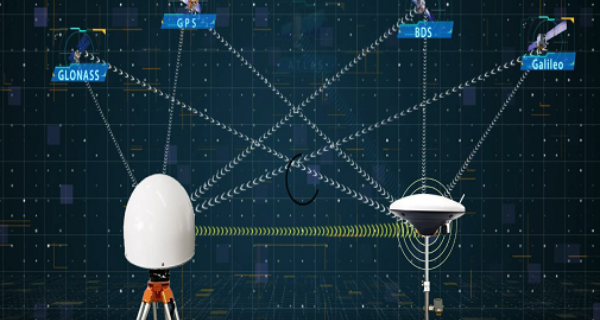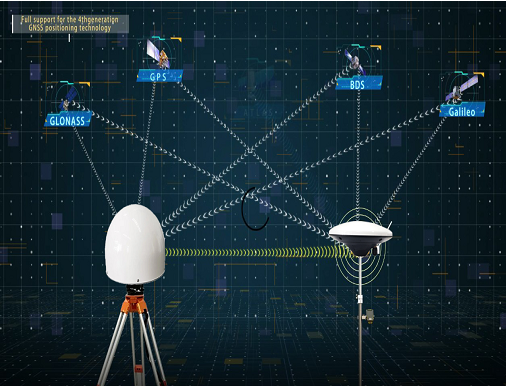News
Site Editor
 Site
https://mide-act.usa72.wondercdn.com/uploads/image/635cdcc32f0fa.png
These signals provide crucial data used in land surveying, unmanned systems, deformation monitoring, digital construction, navigation, smart city, automatic driving, and many other industries.
Site
https://mide-act.usa72.wondercdn.com/uploads/image/635cdcc32f0fa.png
These signals provide crucial data used in land surveying, unmanned systems, deformation monitoring, digital construction, navigation, smart city, automatic driving, and many other industries.
Optimizing GNSS Antenna Performance with Ground Planes and Radomes
Views: 973
Author: Site Editor
Publish Time: 2023-06-20
Origin: Site
Understanding GNSS Antennas
Global Navigation Satellite Systems (GNSS) are essential technologies that enable precise positioning and timing information for a wide range of applications. At the heart of every GNSS system is an antenna that receives signals transmitted by satellites orbiting the earth. These signals provide crucial data used in land surveying, unmanned systems, deformation monitoring, digital construction, navigation, smart city, automatic driving, and many other industries.
The Importance of Antenna Performance
The performance of a GNSS antenna has a direct impact on the accuracy and reliability of the positioning data it receives. Poor antenna performance can result in errors and inaccuracies that affect the quality of the output data. There are several factors that can affect the performance of GNSS antennas, including signal quality, environmental noise, and interference from other electronic devices. Thus, optimizing GNSS antenna performance is critical to ensure accurate results.
Ground Planes and Radomes
Ground planes and radomes are two techniques that can enhance the performance of GNSS antennas. A ground plane is a conductive surface that reflects signals from the satellite towards the antenna, boosting the signal strength. It also helps to reduce the noise level in the environment by blocking unwanted signals. Radomes are protective covers that shield the antenna from environmental factors such as wind, snow, and rain. Additionally, radomes can help minimize the effects of multipath interference caused by reflections from nearby buildings, trees, and other obstructions.

Choosing the Right Ground Plane and Radome
Choosing the right ground plane and radome depends on various factors, such as the frequency range of the antenna, the size and shape of the antenna, and the specific application requirements. For instance, larger ground planes work better for low-frequency antennas, while smaller ground planes are more suitable for higher frequency antennas. Similarly, the choice of radome material, such as fiberglass or plastic, will depend on the environmental conditions in which the antenna will be deployed.
Mide - Your Trusted Partner for GNSS Antennas and Solutions
Mide is a professional manufacturer (OEM) that develops and manufactures GNSS antennas, receivers, and solutions for high-precision positioning applications worldwide. Our products are widely used in land surveying, unmanned systems, deformation monitoring, digital construction, navigation, smart city, automatic driving, and many other industries. At Mide, we are committed to constant innovation and breaking through the boundary of the GNSS industry to explore more applications of GNSS technology.
Our mission is to provide robust whole GNSS industry products and reliable high-precision solutions that transform working ways more efficiently. By choosing Mide as your trusted partner for GNSS antennas and solutions, you can enjoy reliable and accurate positioning data that transforms your business.
In conclusion
To ensure the accuracy and reliability of GNSS output data, it is important to optimize antenna performance using techniques such as ground planes and radomes. At Mide, we are committed to providing robust products and reliable solutions for high-precision positioning applications worldwide. Choose us as your trusted partner for GNSS antennas and solutions and transform your business today.




